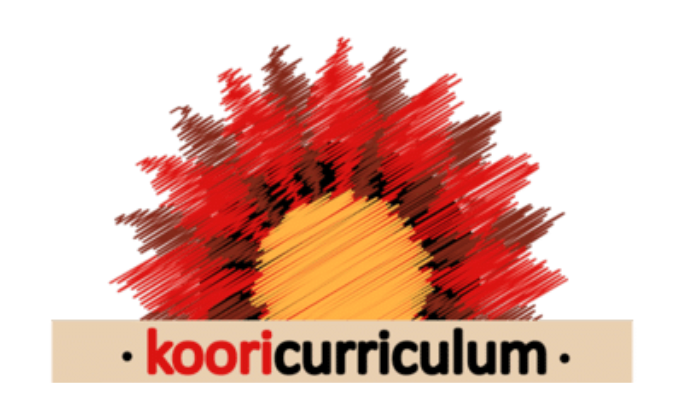Today I want to discuss a complex topic that often arises when educators seek to embed Aboriginal perspectives in their programmes: the use of Dreaming stories.
Growing up in the 80s, Dreaming stories were often the only Aboriginal children's books available. Many of us in the early childhood profession are familiar with these narratives and have used them in our practice. However, it's crucial that we critically reflect on whether sharing these stories is appropriate, particularly for non-Indigenous educators.
As we work to incorporate Aboriginal perspectives, we must consider the views of local Aboriginal communities, the role of educators, and the responsibilities of children's families. Personally, I believe the sharing of Dreaming stories is best left to a child's family and community, rather than early childhood educators.
Some points to consider:
- Dreaming stories, also known as creation stories, are part of Aboriginal spirituality and should be treated with the same respect as other religious beliefs
- The diversity of Aboriginal nations means Dreaming stories shared may not align with the beliefs of local Aboriginal communities or children in your service
- Consulting with families is essential to determine the relevance and appropriateness of sharing these stories
- If we don't typically share Bible stories in our programmes, we should question why we would share the Dreaming
- Problems can arise with Dreaming children's books published by non-Indigenous authors, particularly older resources from the 70s and 80s
- Ethical procurement involves considering permissions, protocols, and ongoing remuneration for Aboriginal communities represented in resources
I encourage you to reflect deeply on your practices, engage in meaningful consultation, and be open to various perspectives. While there's no blanket approach, prioritising respect and authenticity is key.
Consider auditing your book collection and exploring contemporary Aboriginal children's literature that celebrates culture in respectful ways. I've shared templates and recommended resources below, including a podcast episode on my top ten Aboriginal children's books.
Some key roles related to Aboriginal education and cultural sharing include:
- Language Custodian: A recognised authority on an Aboriginal language who can provide permissions and guidance on using the language respectfully.
- Cultural Consultant: An Aboriginal person who advises on culturally appropriate practices, protocols, and perspectives to inform curriculums and learning experiences.
- Traditional Knowledge Holder: An Elder or community member who possesses specialised knowledge of cultural traditions, stories, art, or other practices, and can share this with educators and students.
- Community Liaison: Acts as a bridge between the Aboriginal community and educational institutions to facilitate communication, consultation, and partnerships.
For more information, access our
'Top Questions Answered' pre-recorded webinar
Check out our free guide
‘What Educators Should Consider Before Sharing Aboriginal Dreaming Stories’




